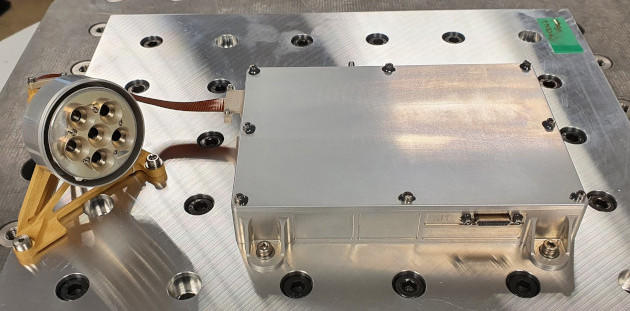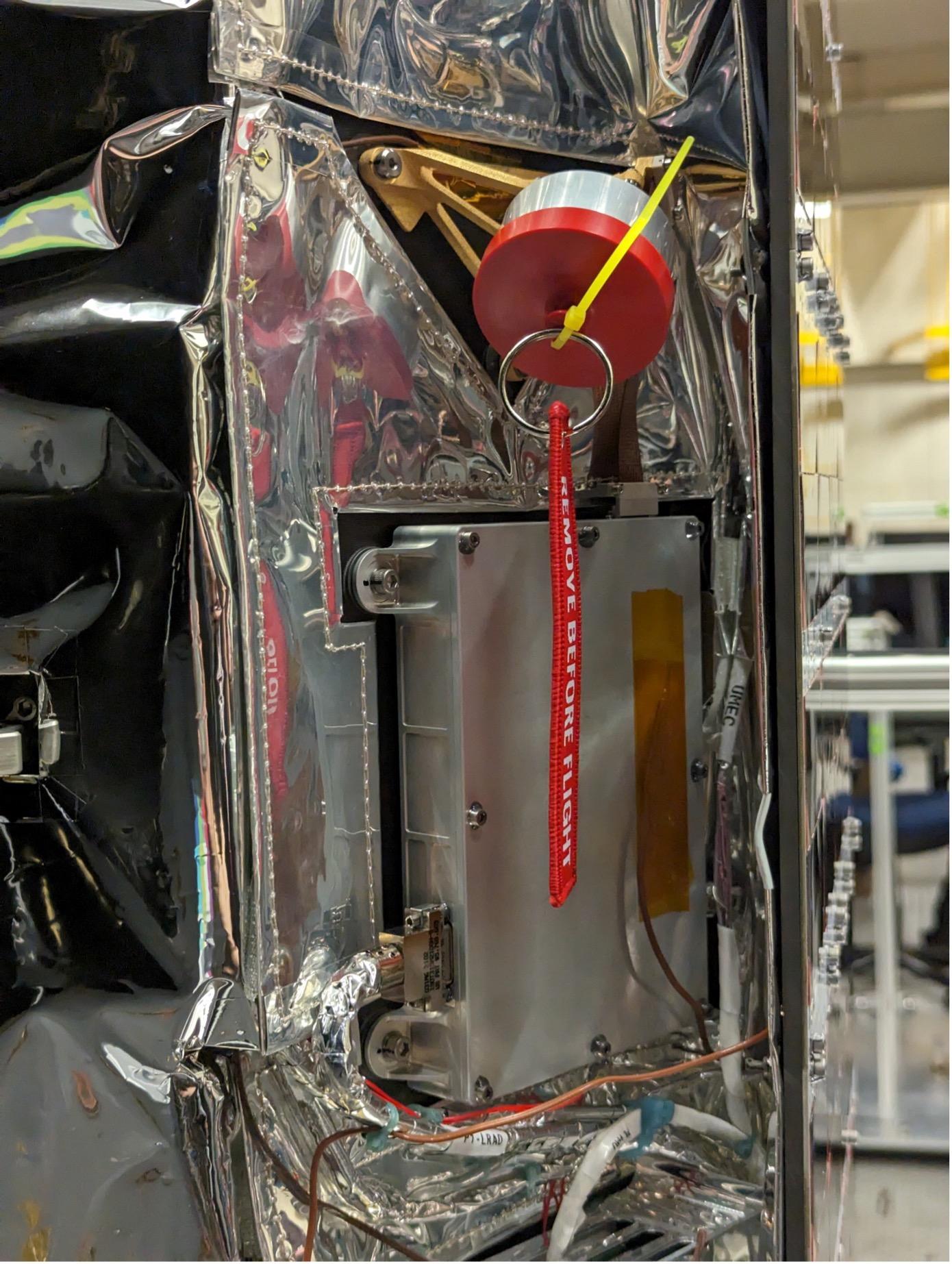LRAD (Lunar RADiometer)
The Lunar RADiometer (LRAD) is an infrared radiometer that will measure the surface temperature in a permanently shadowed region (PSR) in the Southern polar region of the Moon. Why is this relevant? With the return of mankind to the Moon with the NASA Artemis Program (NASA Artemis) comes the need for in-situ analysis of resources, in particular water in the form of ice, and detailed knowledge of the region. To this end, NASA started the Commercial Lunar Payload Service programs (NASA CLPS - Commercial Lunar Payload Services - NASA) which finances private companies to develop, build and operate exploration missions to the Moon. One of the contracts was awarded to the Texan New Space company Intuitive Machines (Home | Intuitive Machines), which will fly the mission IM-2 to the Lunar Southern polar region in 2024. IM-2 will consist of a main lander, Nova-C, which will employ a drill to search for ice deposits below the surface. Nova-C will also carry a smaller vehicle, the hopper "Grace Hopper" (named after the US-American computer scientist, mathematician and Navy rear admiral), which will perform a series of short flights across the surface and land in a PSR. According to current theories, such PSRs, could be cold enough to retain water ice. To verify this, the Grace Hopper carries a set of cameras, a neutron spectrometer that is sensitive to the presence of ice, and LRAD to get the first ground truth measurement of the surface temperature inside a PSR.

The model of the LRAD sensor head together with the LRAD electronics during a vibration test. (© DLR (CC BY-NC-ND 3.0))
Team
Lead
Management
Dr. Matthias Grott (DLR)
Data Analysis and Archiving
Calibration and Testing
Dr. Jörg Knollenberg (DLR)
Collaboration and Support
LRAD is built in a collaboration of Freie University Berlin and the German Aerospace Center (DLR) Institute of Planetary Research, led by Prof. Heike Rauer. It is derived from the rich heritage of radiometers built at the Planetary Sensor Systems department. Previous radiometers were provided to MASCOT/Hayabusa2 and MMX (Martian Moons eXploration).
LRAD is supported by the German Federal Ministry for Economic Affairs and Climate Action on the basis of a decision by the German Bundestag.
Grant: 50OW2103.


